Kyoto Travel Guide: Everything you Need to Know
Step back in time and experience old Japan: Explore Kyoto's many world-famous temples and shrines, stroll streets lined with traditional timber houses, watch geishas scurry to mysterious rendezvous - and enjoy some of Japan's best cuisine.
For many Japan-bound travellers, Kyoto comes in third on their travel bucket lists, behind the high-tech metropolises of Tokyo and Osaka. However, visiting Kyoto deserves at least a couple of days of your schedule.
Famed for its traditional tea houses, ancient temples and stunning Zen gardens, Kyoto offers a unique taste of old Japan. That's not to say the city doesn't have its own futuristic neon zones like Tokyo and Osaka, but ‘the city of a thousand shrines’ will leave you with a lasting impression of having gone back in time.
Read our guide to Kyoto, Japan.
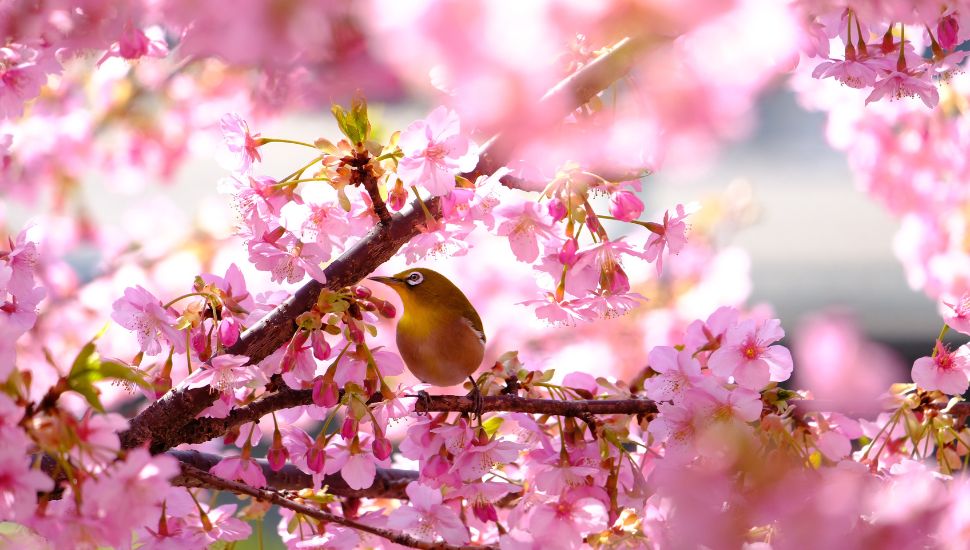
Best time to visit Kyoto?
While many draws can be enjoyed year-round, the best time for touring Kyoto is autumn, when the foliage turns red and gold, before the falling peak of mid-November.
If you miss Kyoto's fall, you can still enjoy this incredible colour show in the southern cities of Uji or Nara. And if you come too early, you can head up to the Kitayama Mountains for an equally mesmerising display.
Winter, with its frequent dustings of snow, makes the temples and shrines even more magical. While you'll need to contend with low temperatures, the city is much quieter, and the hotel rates are reduced.
In spring, the blooming cherry blossoms are the main attraction. But be warned - hotels get booked up quickly and prices rise.
Summers are warm and humid, which can keep the crowds at bay.
Fewer visitors mean you’ll get to explore the city at a more leisurely pace, with cheaper hotel rooms and uncrowded restaurants. A number of festivals also take place in Kyoto during summer, including the Gion Matsuri Festival (July 1 to 31) celebrating the Yasaka Jinja Shrine.
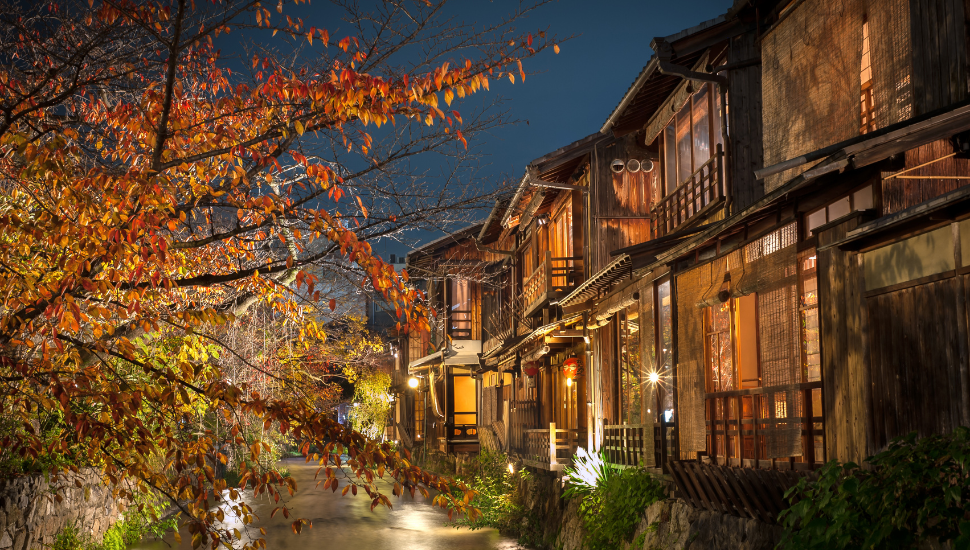
Best area of Kyoto to stay?
Since historic Gion is the city's chief tourist area, it’s a good idea to stay in or near here.
Downtown Kawaramachi is also a good choice, since it boasts many shops and restaurants, and is within walking distance of Gion.
If you've brought your walking legs, you might choose a hotel near Kyoto Station (40 minutes' walk to Gion); or Central Kyoto.
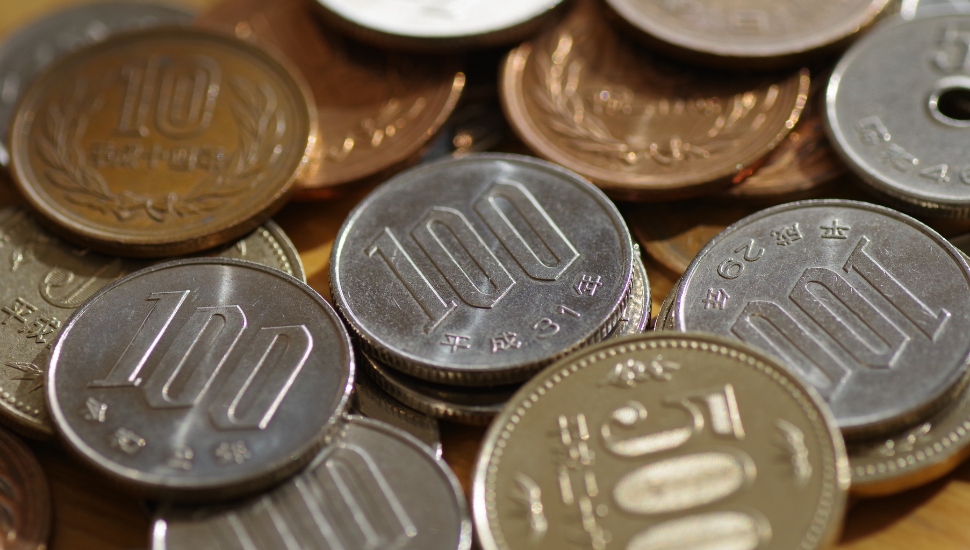
Is Kyoto expensive?
Kyoto - and Japan in general - is a lot more affordable than many people imagine. The yen has lost much of its value since the pandemic, meaning the UK pound goes much further than it once did.
In Kyoto itself it's entirely possible to find a guest house for under £40 a night, rising to £100-150 for the full hotel experience.
Food, too, is affordable, with a day's dining entirely possible on £20 per person. Naturally, you can find more costly food options without trouble!

Getting around Kyoto
Like everywhere in Japan, Kyoto has an extensive public transport system. However, it can get very busy during rush hours. If your accommodation is located in or near Gion, you'll be able to undertake most trips on foot.
To UK visitors, Kyoto buses appear to function in a rather odd way: you enter through the backdoor, and leave through the front - at which point you pay the driver. Make sure you have the exact fare to drop into the fare box as you leave. Under-6s travel free, while 6–12-year-olds travel for half price.
Kyoto also has a two-line subway system, which enables convenient travel around the central areas.
A prepaid or "IC" card is available to pay for buses and the subway; you simply tap the card on the card reader as you get off the bus/leave the subway station. This card works in other major cities, including Tokyo and Osaka.
How many days do you need in Kyoto?
Between 3 and 5 days is enough to see Kyoto's key sites.
Places to visit in kyoto
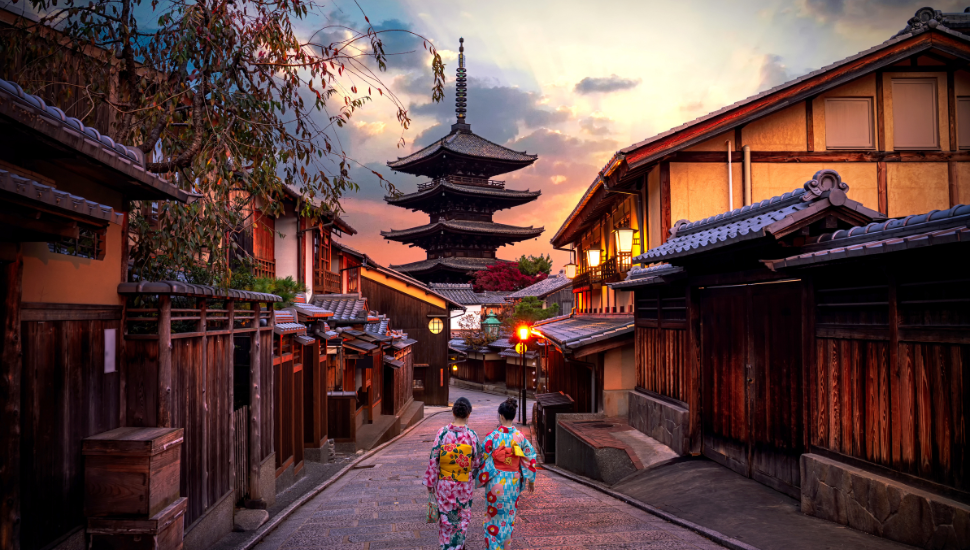
Gion - the old town
The district of Gion is home to the city's main historic streets and buildings, and the only way to explore them is on foot. For those asking what to do in Kyoto, this should come top of the list.
Noteworthy streets include Ninenzaka and Sannenzaka. Here you'll find a host of shops and cafes all housed in traditional wooden buildings (there’s even a Starbucks!).
Another must-visit area is Hanami-Koji, where the appearance of traditional Japanese houses has been preserved. Here is where you'll have the best chance of seeing a real-life geisha - but be warned, taking photographs or these ladies - or any part of Hanami-Koji - has been banned since 2019.
Gion is also where you'll see the famous Yasaka Pagoda (Hokan-ji temple).
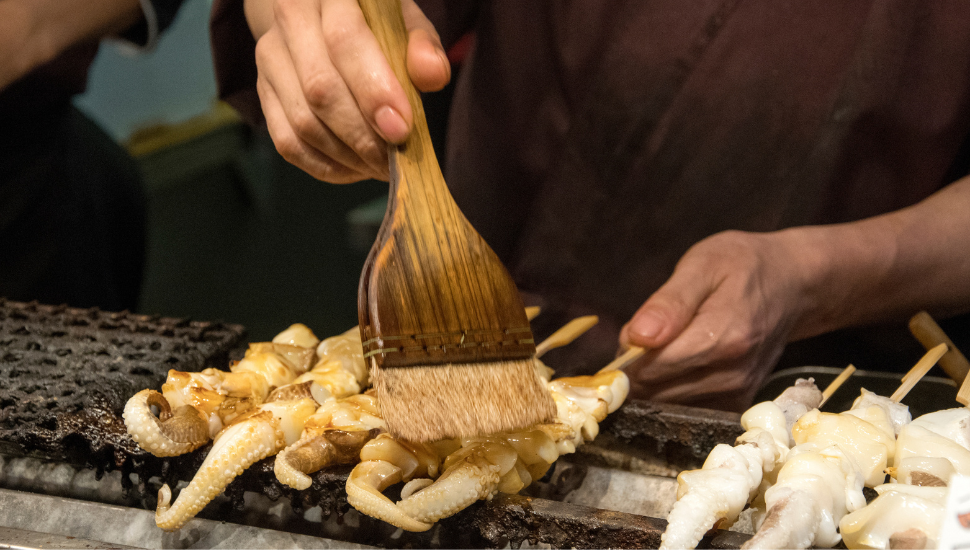
Nishiki market
When hunger strikes, head to Nishiki Market, where you'll find a mouthwatering array of quick bites and full meals.
Don’t miss Kimura Fresh Fish if seafood is your thing.
For those with a sweet tooth, head to Pass the Baton, where tea and fabulous ice desserts are served. More sugary delights are available at Kagizen Yoshifusa, which serves traditional Japanese sweets.

Kyoto temples
Kyoto is rightly famous for its many temples and shrines. The Nanzen-Ji temple is well known for its striking aqueduct and rock garden, while Eikan-Do temple has wonderful gardens (ideal for autumn foliage-watching).
Another must-visit is the Yasaka Shrine - Gion's chief shrine. This is also where the Gion Matsuri Festival is held in July. Kiyomizu-Dera temple, meanwhile, is much loved for the wooden stage in its main hall. Here you'll enjoy splendid views over Kyoto and the numerous cherry trees below.
Pontocho
After all those temples, you'll need further sustenance. Aside from Nishiki Market, Pontocho is a hotspot for great Japanese cuisine including soba, yakiniku, and seafood.
Fancy trying the famed Kobe beef? Head to Steak & Wine, for a low-key introduction to this delicious meat (usually served rather underdone). Costly but worth it!
If you only need a hearty bowl of (much cheaper) noodle soup, make a beeline for Ramen Sen No Kaze, for top-notch ramen. Tonkotsu ramen is highly recommended.

Arashiyama
The mountains, rivers and greenery of Arashiyama provides respite from the hubbub of Kyoto. It's also home to the famous Arashayama bamboo forest, where the bamboo reaches as high as 30m. Arrive early to avoid the crowds.
Adjacent to the bamboo grove is Tenryuji Temple, one of Kyoto's best known Zen temples.
Placid ponds are set in a stunning garden complex: sure to calm the mind, body, and soul.
Up for a hike while in Arashiyama? The Senkoji temple is a short yomp uphill, bypassing tranquil forests. Scenic views of the river below is your reward for reaching this secluded temple, which is also home to the temple dog - a rather fetching shiba inu.
Iwata Yama Monkey Park
A 20-minute walk from Senkoji temple is Iwata Yama Monkey Park.
More than 100 snow monkeys call this place home. You can feed them - but only with snacks bought from the park staff.
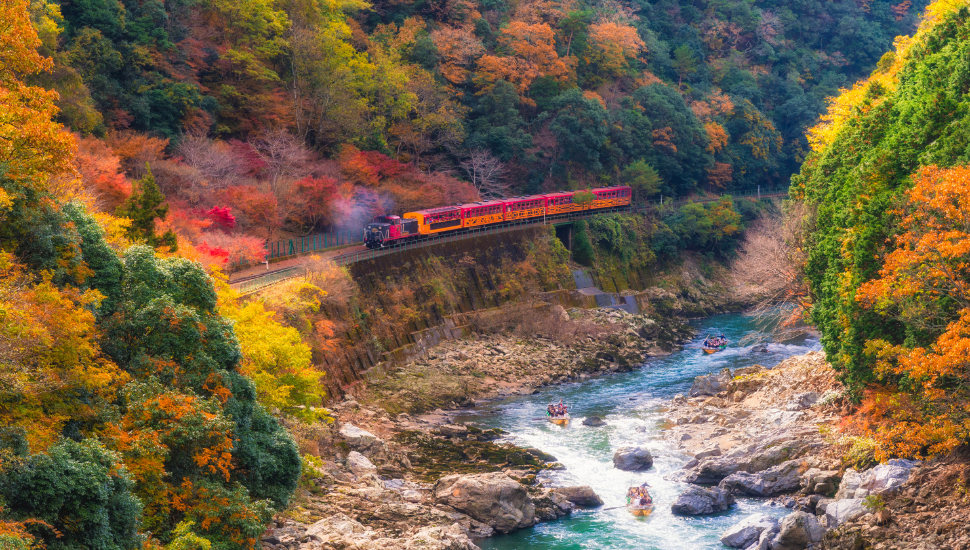
Sagano Romantic Train
The best way to leave Arashayama is by train - the Sagano Romantic Train, to be exact.
This service is a far cry from the Japanese bullet train, slowly moving as it does along the banks of the Hozugawa River. Note that the service gets crowded in the popular autumn season. At the end of the line you can simply get back on the train for the return trip, or enjoy a 2-hour boat ride (16km).
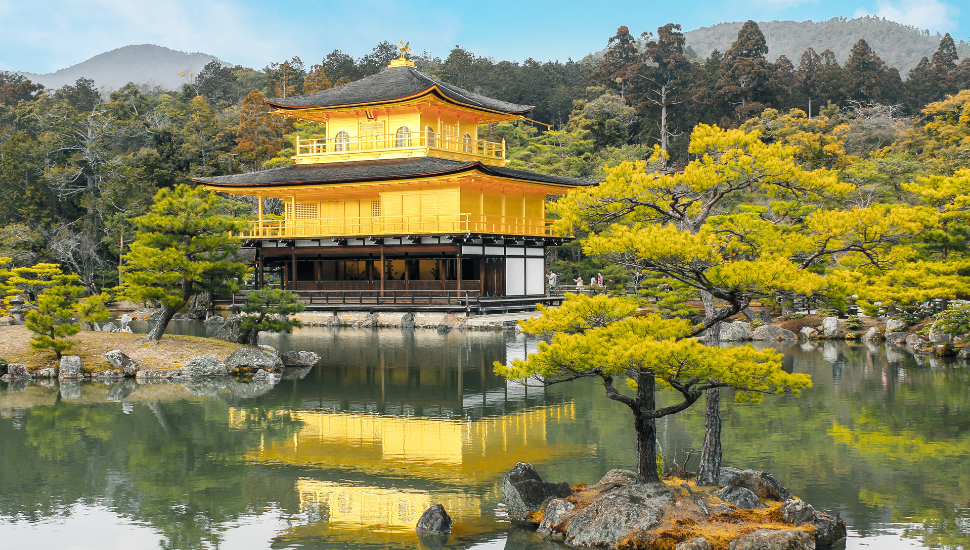
Credit: Mumemories - stock.adobe.com
Kinkaku-Ji Temple (Golden Pavilion)
Many thousands visit the Golden Pavilion annually, making it one of Japan's most popular tourist sites.
The golf leaf-clad temple was originally built for a retired shogun, before being later converted into a Zen Buddhist temple.
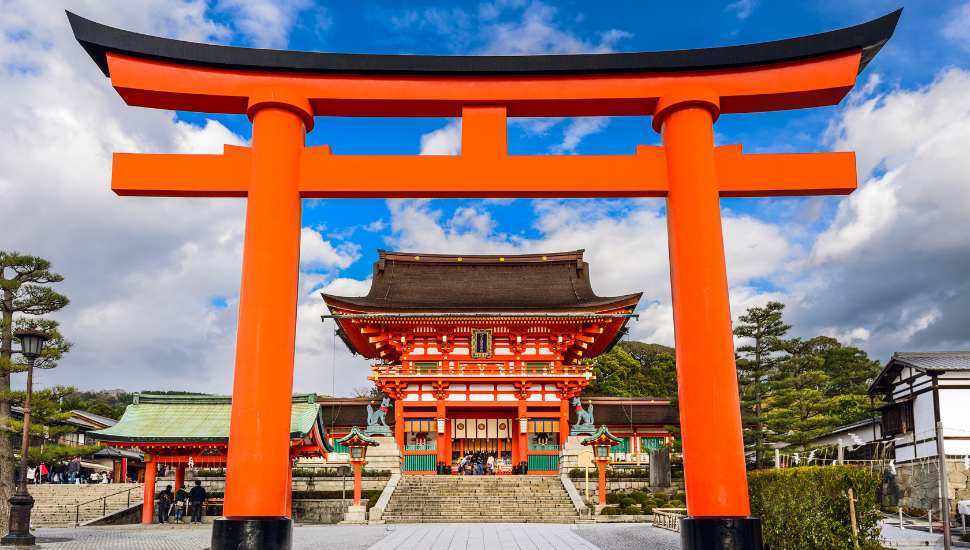
Fushimi Inari Shrine
Arguably Kyoto's most famous shrine, Fushimi Inari is located to the south of the city, and is dedicated to Inari, the Shinto god of rice.
Here you'll see many fox statues - the animal said to be Inari's messenger. Visit early in the morning or evening to avoid the crowds.
8 Useful Tips for Touring Kyoto
- Decide what you want to see before you go - especially if you have limited time
- Check the weather forecast and wear suitable clothes
- Go off season to save money
- Bring comfortable shoes - you'll be walking a lot.
- Lunch is the best-value meal of the day - often served in a traditional bento box
- The buses and subway can be confusing - but you'll need to use them to reach some sites.
- Choose accommodation close to where you want to visit
- Some attractions are free - such as the Yasaka Shrine and Fushimi Inari Taisha Shrine